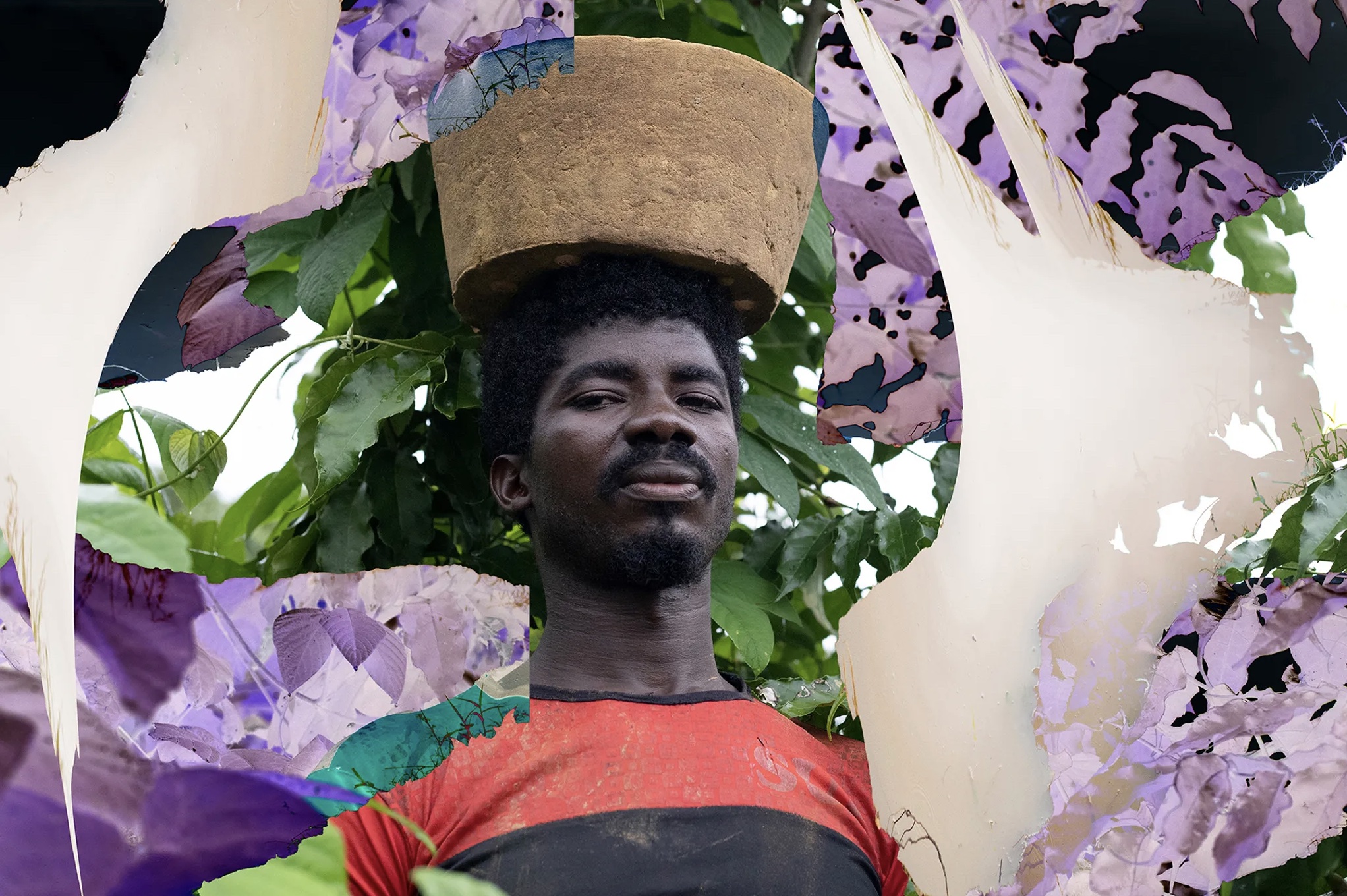The impact of climate change is devastating but communities find ways of surviving despite corruption and governmental planning.
Wata Na Life (Krio for ‘Water is Life’), is a phrase photographer Ngadi Smart heard time and again in Sierra Leone, a country where water is very much a currency. Smart spent three months in the country of her heritage in 2021 exploring the link between water and our changing climate. What she found were communities adapting as best they could to the fall-out from a climate-exacerbated water crisis, amidst corruption and lack of governmental planning.
This project is a marked rejection of the “dehumanising” way developing African nations have historically been portrayed by many Western media. Ngadi counters tropes of “poverty porn” with vibrant collage; celebrating the essence and identities of the people and places of Sierra Leone, blending each location's scenery, portraits, and objects she photographed to form a more authentic representation than she felt any single photo could convey. Ngadi: “I want Sierra Leoneans to look at this work and feel proud. That's the most important thing.”
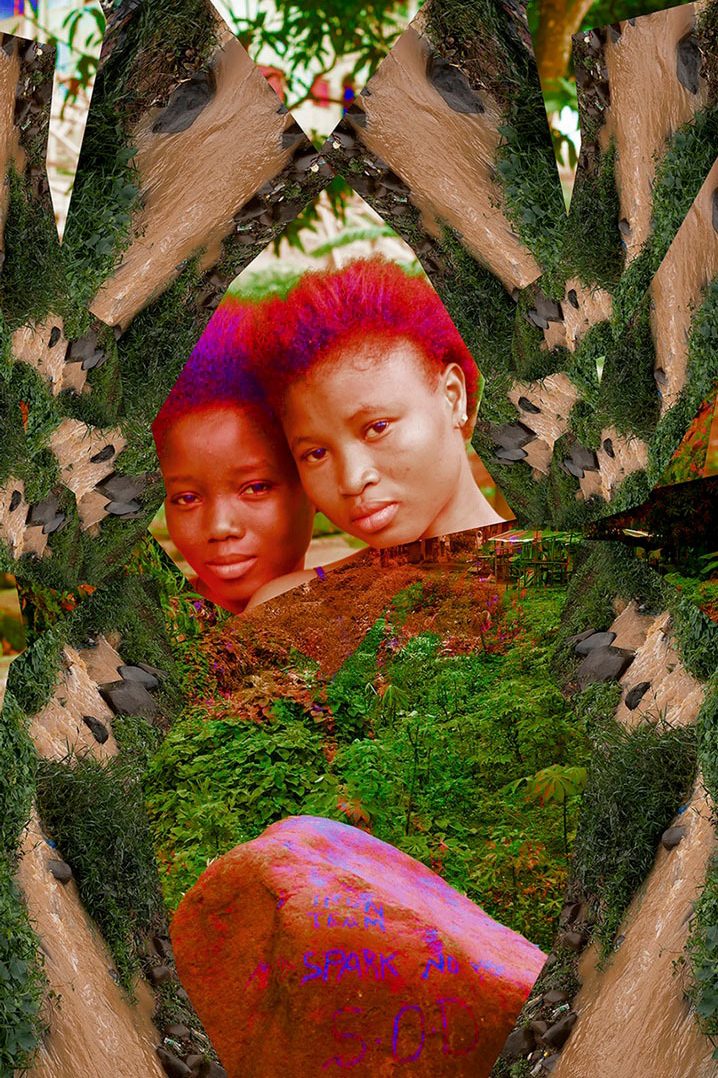
The Ja Kingdom community in Sierra Leone’s capital Freetown was directly impacted by the mudslide of 2017. Many bodies were found here, dragged from miles away. Before, the community had a much bigger water source in the form of a river, but this source is now mostly filled with thick mud and debris. After the tragedy, people could no longer use water from the smaller remaining stream for months, as it was tainted with blood, body parts and bone fragments.
Today the community have a borehole, but they need a structure around it to make sure they can use it at all times, as it gets dirty during the rain season. They may not be able to use it for days at a time. These mudslides are caused by a combination of sudden intense rainfall, and the deforestation and overpopulation in Freetown exacerbate this. Sisters Gladys, 16, and Kadijah Sankoh, 18, pose together. They recall how many body parts were found on the night of the mudslide. A baby was miraculously found alive, saved from suffocating because his fingers were up his nose.
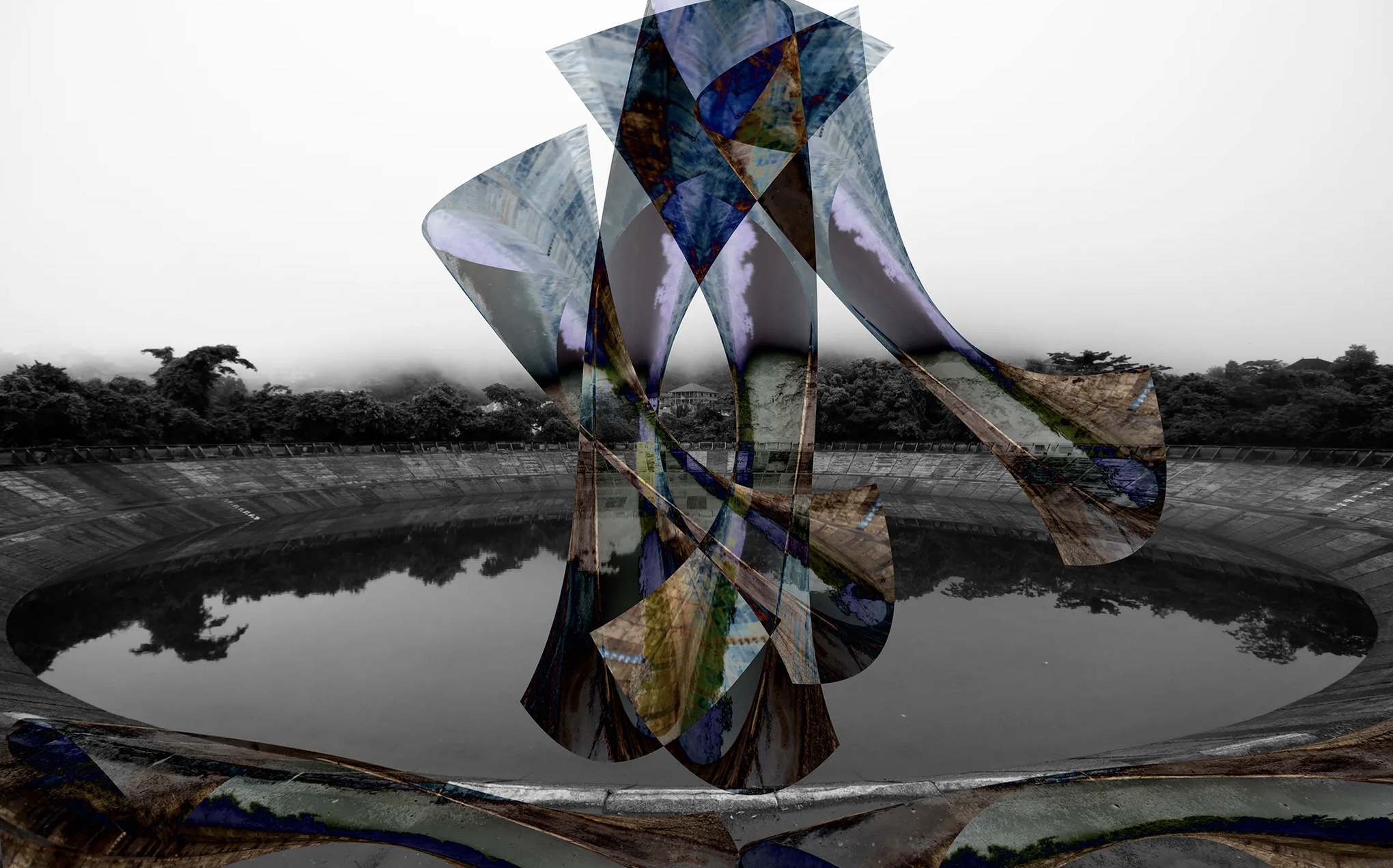
The Guma Dam to the west of Freetown is one of two main dams that supply water to the capital city. Ngadi’s photograph from early July 2021 shows it less than a quarter full. By this time of year, the dam should be full. Changing weather patterns mean the rainy season that would usually start between May and June now begins in July, and lasts until October. From December to March, the water in the dam dwindles until the next rainy season. The city’s population of 1.5 million people needs around 35 million gallons of water a day, but the company that supplies water only has the capacity to pump 23 million gallons. 4 million gallons of that water services the east of the city, where most of the population lives. The water system is outdated and ill-suited to the dense overpopulation of the city, built in the 60s for around 100,000 people.
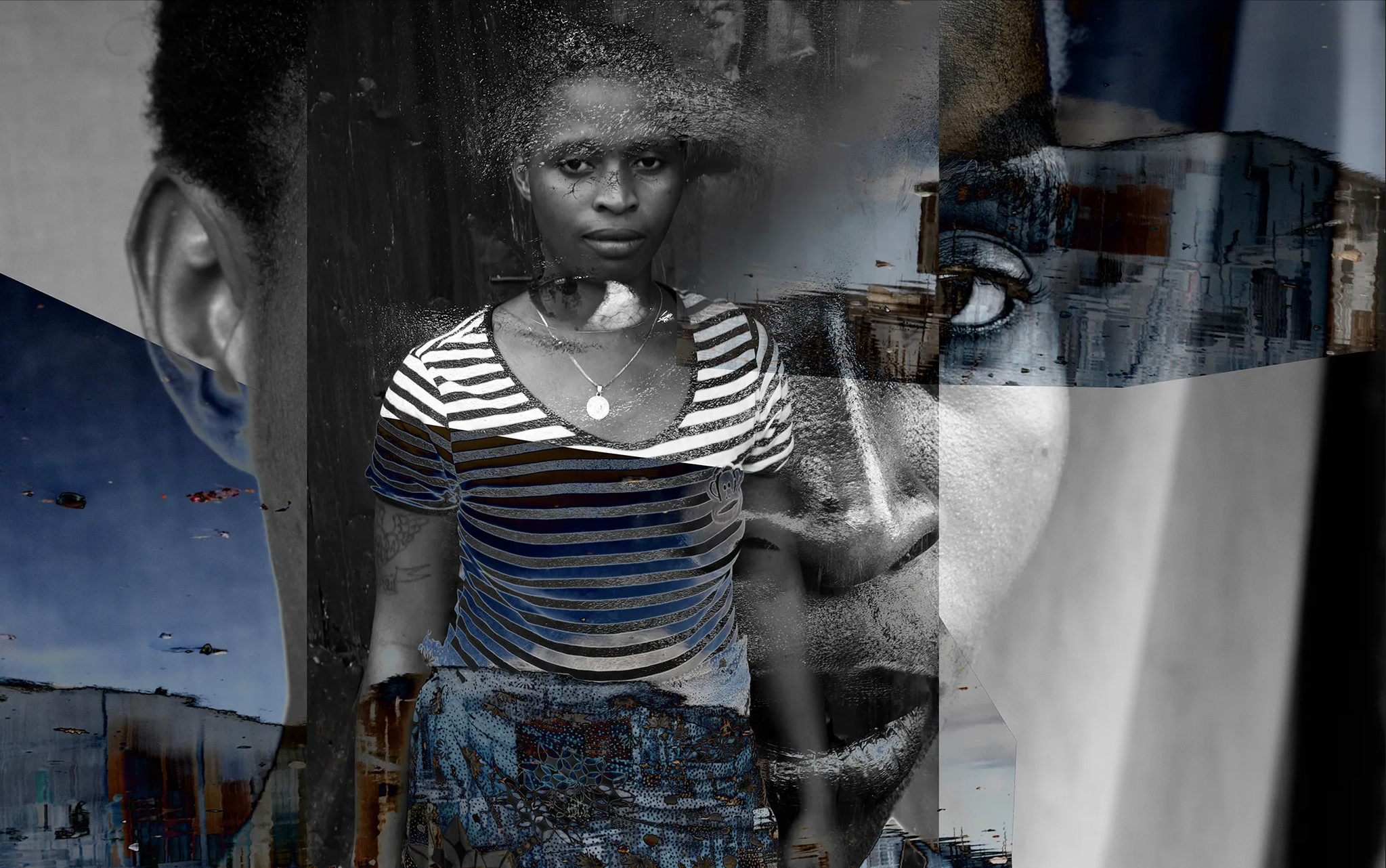
Kroo Bay is an informal housing settlement on the coastline of central Freetown. In 2009, it had an estimated population of 10,989 people. Residents of Kroo Bay lack adequate access to sanitation and health services. Despite this, the community is thriving and the residents of Kroo Bay cherish the community that they consider as their home. Kadiatou Kamarra, 25, a resident of Kroo Bay for eight years, stands for a portrait by her home. The textures used for the collage come from the polluted sea water that surrounds the community which, during the rainy season, floods parts of Kroo Bay.
Although Kroo Bay is an informal housing settlement, the community have found ways to organise and use the waste and debris that washes up on the shores, constructing barriers for areas that easily flood. They also use some of the waste to map out the foundations for new allotments for new residents to build their corrugated iron house on.
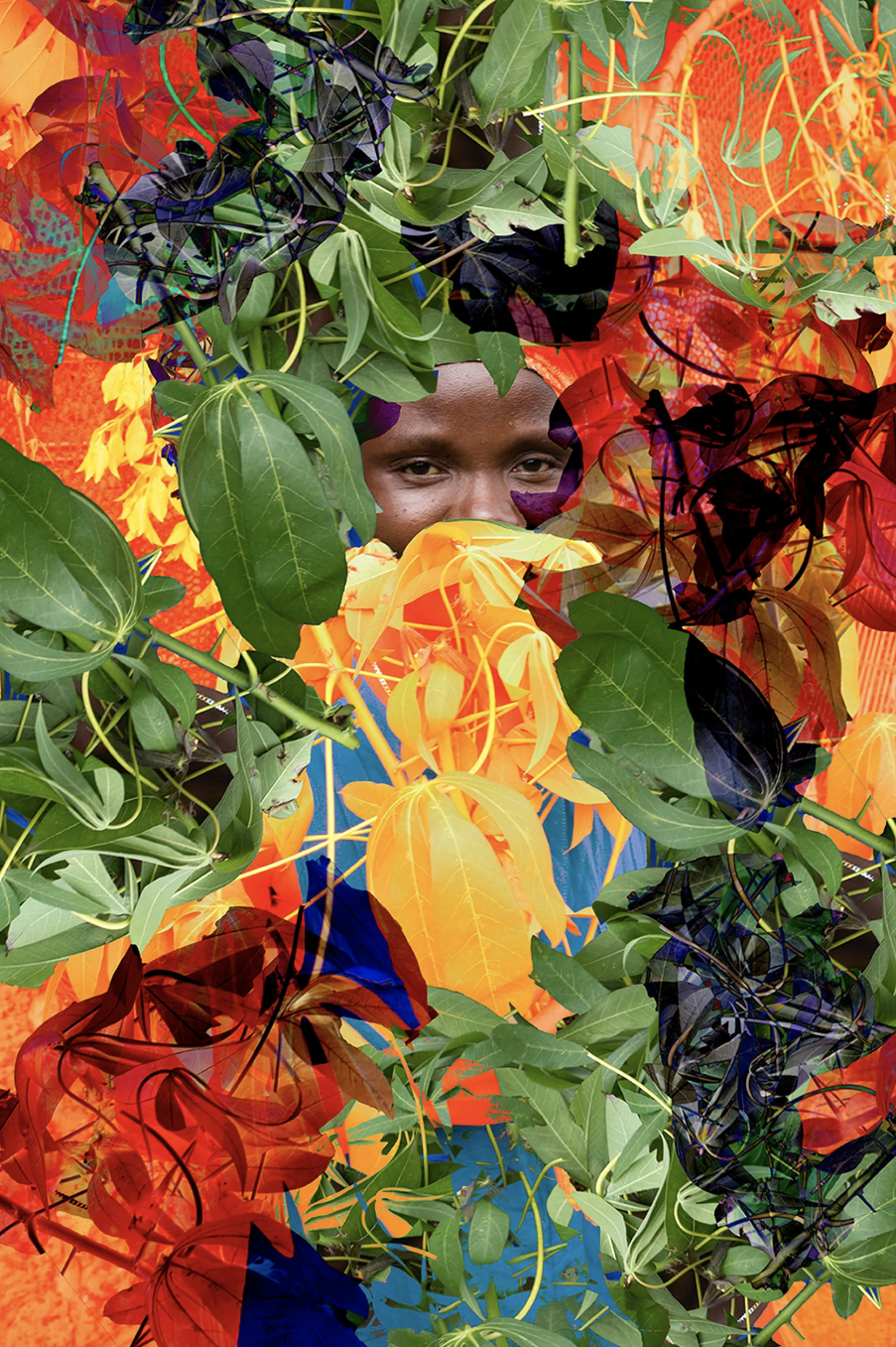
The Pewama community in Pujehun District farms palm nuts in order to survive, as well as farming vegetable and fruits and fishing. Pewama had a water well installed years ago, but it does not provide enough water to service the growing community. They now need another well to sustain themselves and their farming. With global warming, the community has noticed that their water source dries up much faster - even more so in the dry season as temperatures rise. Kadi, a member of the Pewama community, holds a cassava leaf, a crop used for food and to sell at nearby markets.
Wata Na Life by Ngadi Smart is published by Loose Joints, and is available to purchase here. The project was commissioned by the British Journal of Photography and Wateraid.
Ngadi Smart wrote this article for PH museum.

